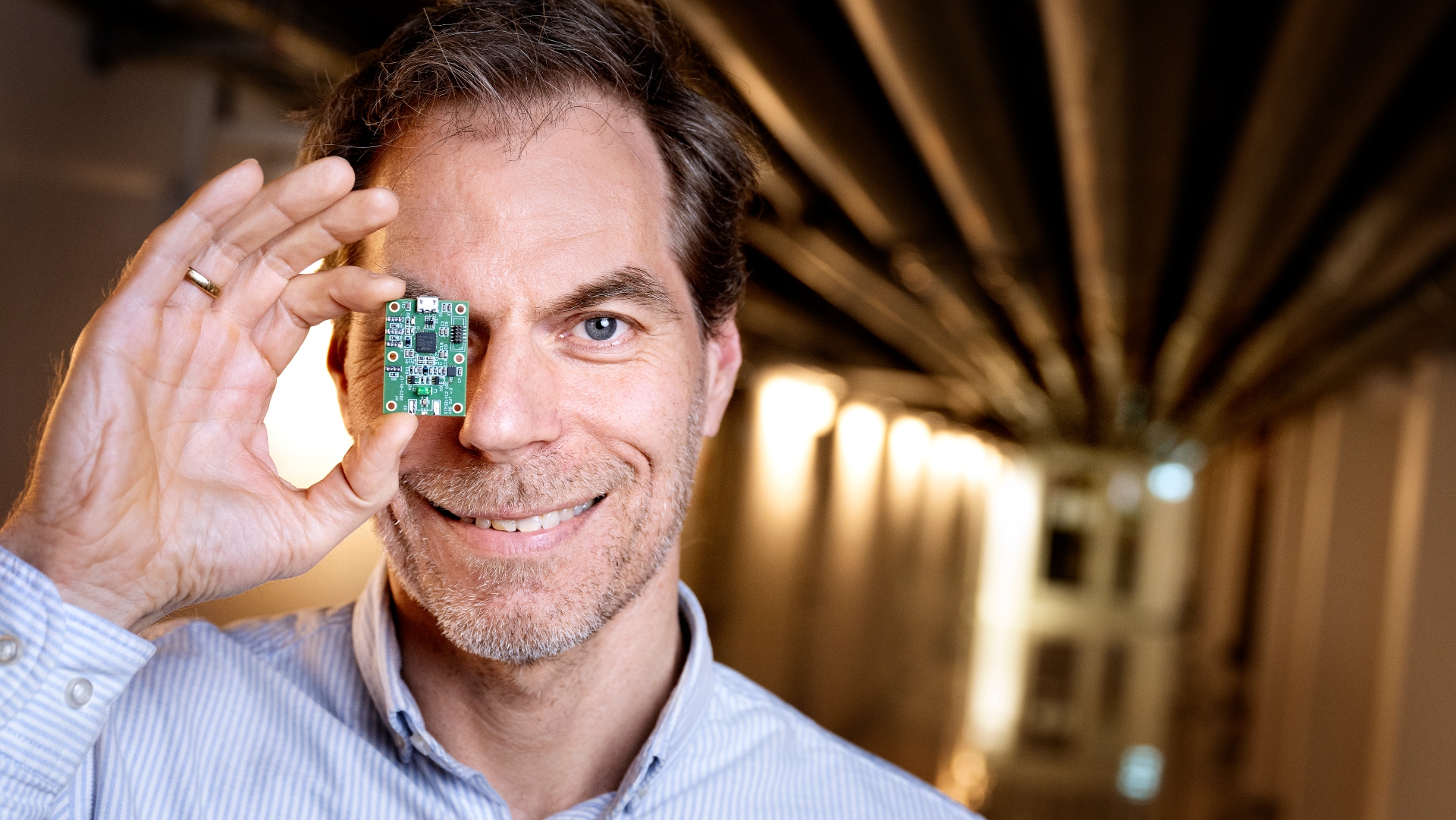In a few years, protection of communication with quantum encryption may become a permanent fixture in mobile phones and thus protect communication from hacking. The technology has already been demonstrated in large data transfers in the financial sector in Denmark, and now DTU spin-out company Alea Quantum Technologies has developed a quantum mechanical random number generator that is so simple that it can be produced at a low price and support encryption of 4 gigabytes per second. The technology is so simple that it can be developed into a chip version.
“Today, quantum random number generators are already being developed by companies around the world in countries such as Spain, Australia, the UK, and Switzerland. The reason why we’re nevertheless developing a quantum mechanical random number generator is that our technology is particularly simple, and ultrafast, and that we can provide mathematical proof that the numbers are completely random, which very few of our market competitors are able to,” says Ulrik Lund Andersen, co-founder of Alea Quantum Technologies and Professor at DTU.
Laser diode generates random numbers
Alea Quantum Technologies’ random number generator originates from research in the quantum information group at DTU Physics and the basic research centre bigQ. Five years ago, the researchers came up with an idea for a random number generator based on a laser diode and a detector used to form the random numbers through measurements of the so-called vacuum fluctuations of laser light. DTU took out a patent for the technology, and this is the invention that Alea Quantum Technologies has developed into a prototype in recent years.
The device measures 3 x 5 centimetres and will be tested by the company QTI, Quantum Telecommunication Italy. Under the Digital Europe programme, the EU has granted DKK 7 million for the further development of the technology, which also in 2022 formed part of a larger system tested to deliver quantum-secured data transfer between two servers in Danske Bank. Since then, the random number generator has been developed into a high-speed model that is ten times as fast as its closest market competitor.
Random number generator on a chip
The next step in the development will be to get strong investors to join the project to finance the development of a chip where the laser diode and detector are integrated in an electro-optical system on a micrometer scale. When this part of the technology development is in place, the price of the quantum mechanical random number generator will be so low that it may be interesting for the large companies in the mobile phone market.
Alea Quantum Technologies expects to sell the chip version of the random number generator to QTI and other companies that want to test it in their own encryption systems. The tests will be conducted in a collaboration between Alea and the individual companies, so that the chip is integrated in the solutions with the right interfaces. Concurrently with the random number generator, Alea is also developing its own full encryption solution that will be available to customers in the future.
Standardization is necessary
Ulrik Lund Andersen emphasizes that the marketing of quantum technologies is still in a phase where researchers must refer to theoretical mathematical proofs. It is a crucial competitive parameter for Alea that they can document that they generate 100 per cent genuine random numbers, unlike many other encryption systems that are based on mathematical algorithms and are therefore not truly random.
“For our technology to be integrated into commercial communications systems and become part of production networks and infrastructures, we depend on the establishment of new standards and certifications for quantum technologies. The European standardization organization ETSI is among those working to develop this with expert input from researchers. It’s absolutely key to the development of a broad market that quantum technologies receive an international seal of approval. But, until then, the mathematical proofs guarantee security,” says Ulrik Lund Andersen.
